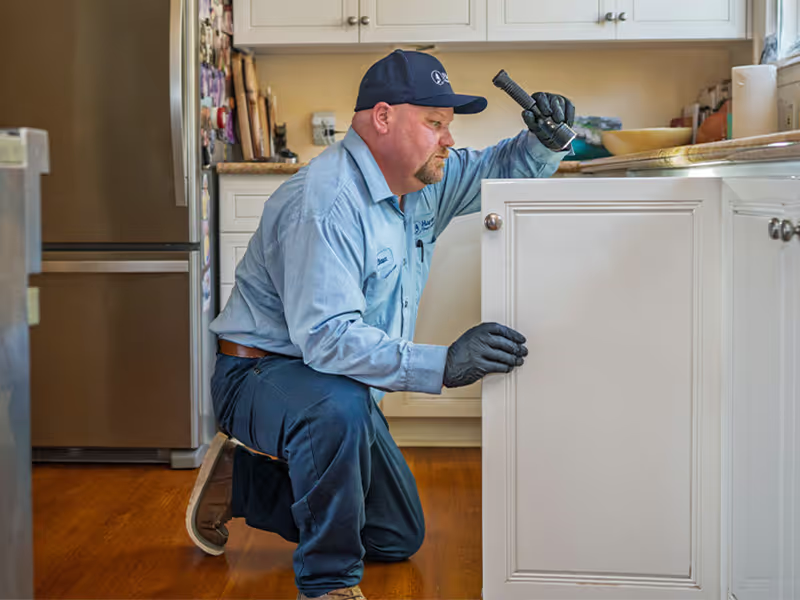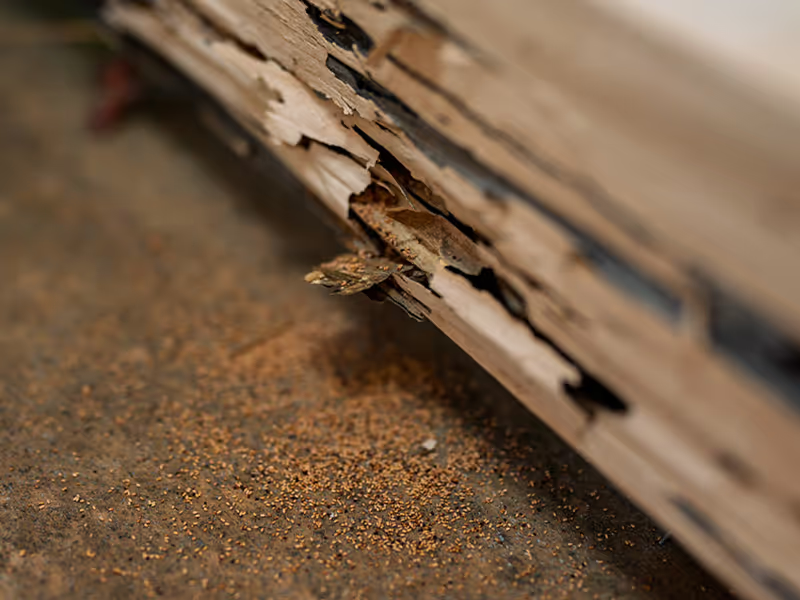How Bed Bugs Come Home with You During Travel (And Other Ways Too)
Bed bugs are expert hitchhikers, and travel is one of the most common ways they come home with you. Because they love tight, dark spaces, your luggage, bags, and clothing provide perfect hiding spots during trips.
- During Travel: Bed bugs can crawl into suitcases, backpacks, or clothing while you stay in infested hotels, rental homes, or other places. It only takes one fertilized female to start an infestation.
- Other Ways: Bed bugs can also sneak in on secondhand furniture, used mattresses, clothing, or boxes from thrift stores, garage sales, or houseguests.
Why Bed Bugs Spread So Easily
One of the biggest reasons bed bugs are so hard to control is their unique behavior. Unlike pests that choose where to go, bed bugs move passively—but there’s more to it than that.
Female bed bugs often leave their original group after mating. The reproduction process is harmful to them, so moving away helps avoid further trauma. This behavior creates new infestation sites in the same building or a new building if she hitches a ride.
When she arrives at a new spot, she lays eggs and starts a population. This happens without any plan or effort on her part, which is why one pregnant female can quickly lead to a serious infestation.
What You Can Do to Prevent Bed Bugs
Knowing how and why bed bugs spread is half the battle. The next step is prevention. Here are five practical tips to reduce your risk:
- Inspect Your Hotel Room Before Unpacking: If you find signs of bed bugs, request a different room far from the original.
- Use a Luggage Rack: Keep your suitcase off the bed, floor, and furniture.
- Seal Your Laundry: Use a plastic bag and a bread tie to keep dirty clothes contained.
- Wash and Dry Clothing After Travel: Use hot water and high heat to kill any bed bugs hiding in fabrics.
- Inspect Luggage Before Bringing It Inside: A flashlight can help you check seams and crevices.
These steps form a solid foundation for bed bug prevention, especially when traveling.
How to Check for Bed Bugs
Bed bugs hide in cracks, gaps, and tight spaces. A flashlight and a thin probing tool are essential for inspections. Look for:
- Black or brown spots on bedding or mattresses
- Dark patches on cushions or upholstery
- Shed skins or tiny white eggs in crevices
- Live bugs in seams or under furniture legs
Inspect beds, headboards, couches, and chairs. During the inspection, keep luggage in the bathroom or outside.
What to Do if You Find Bed Bugs
Bed bugs are extremely difficult to eliminate without professional help. If you’re in the San Diego area, contact Harbor Pest Control for expert bed bug treatments.
We offer a range of solutions, including conventional treatments and whole-home fumigation. Our locally owned and family-operated pest control company will eliminate every last bed bug.
Contact us today, and let us help you find the best treatment plan for your home.


















